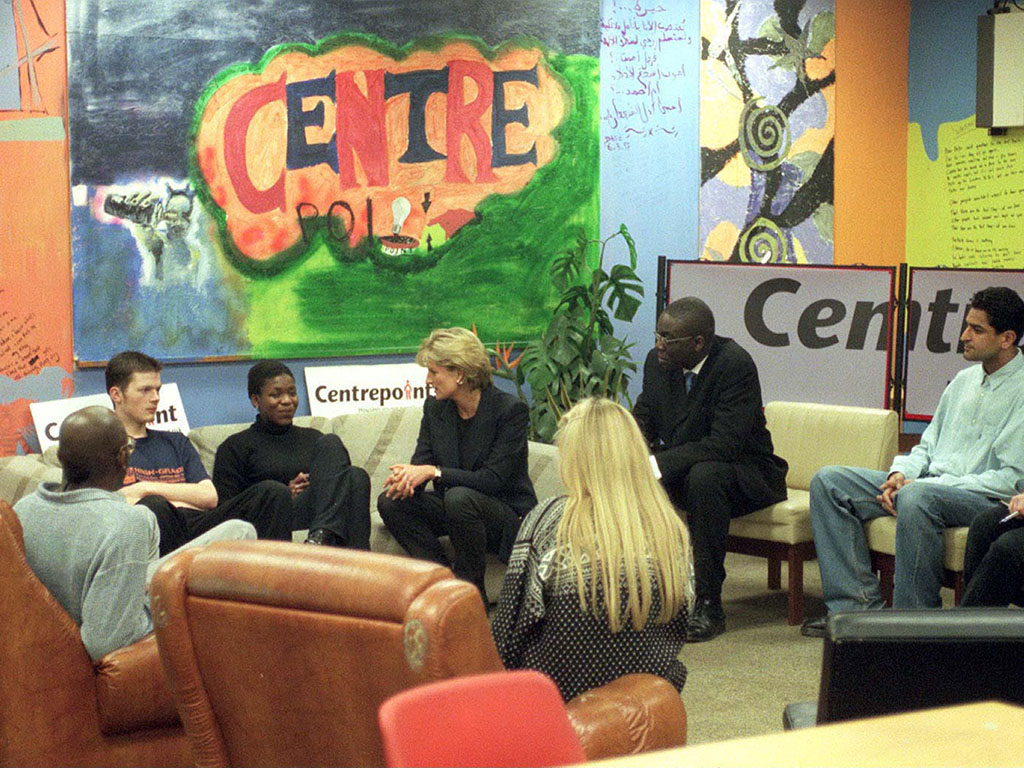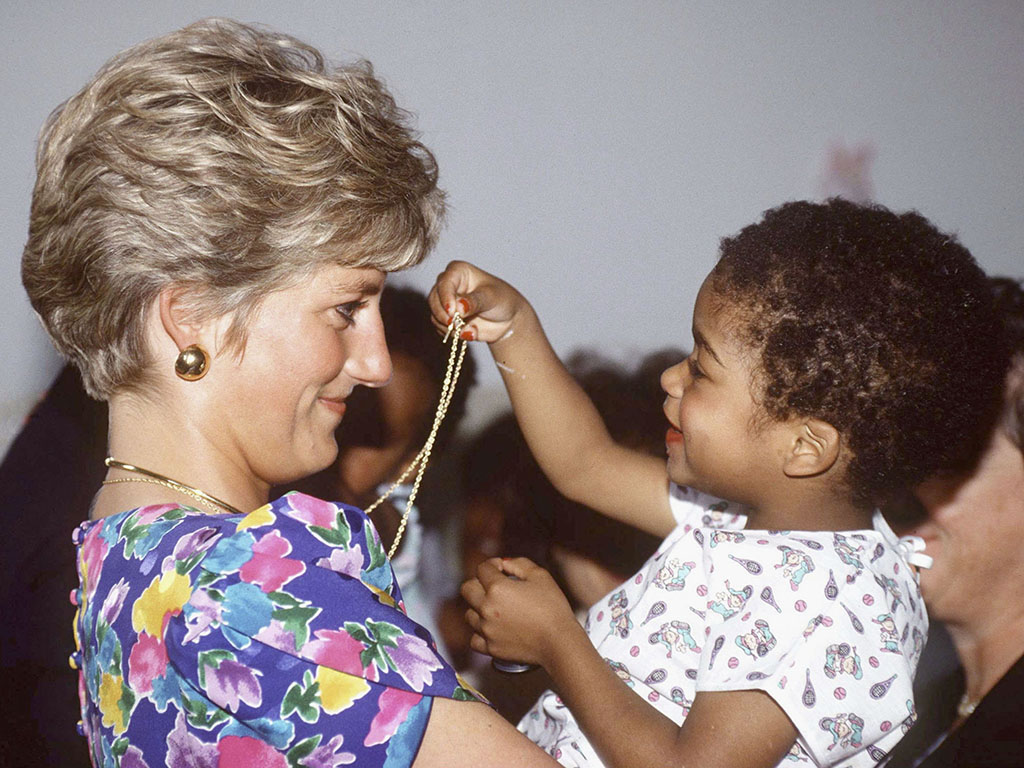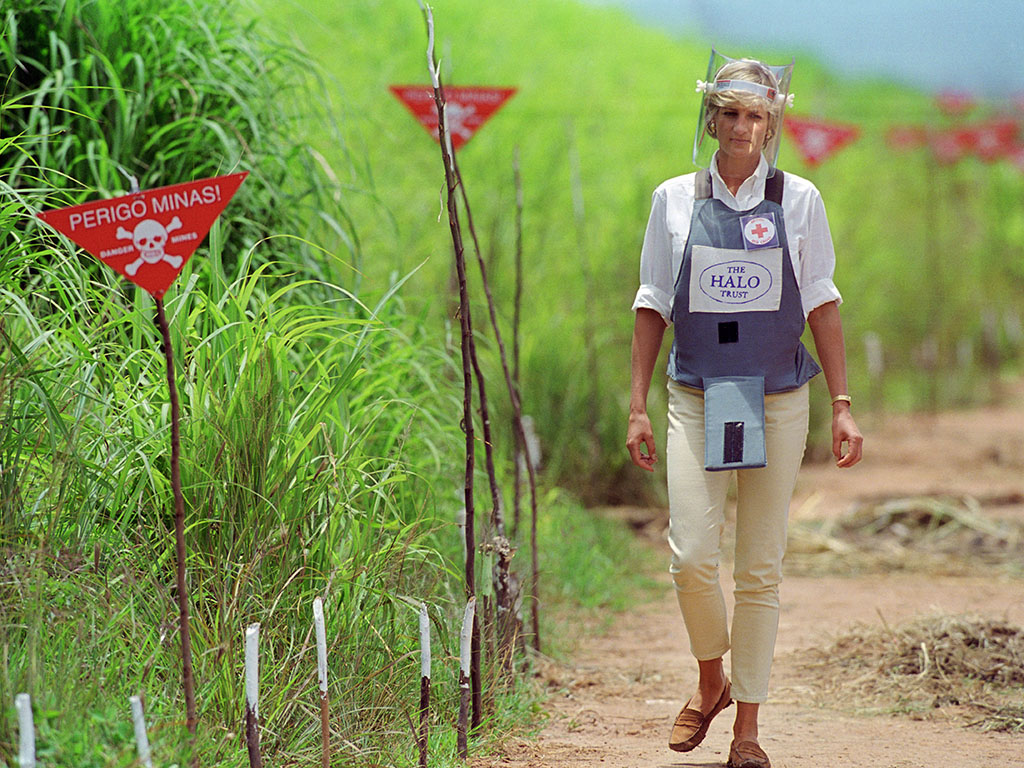There’s no doubt that Diana, Princess of Wales, was “the people’s princess.” Although the moniker was bestowed upon her by former British prime minister Tony Blair after her death, Diana spent her years in the spotlight as a royal shedding light on little-known humanitarian causes and dispelling myths about disease, reaching out to disenfranchised people in a way no aristocrat had done in recent memory.

She deftly manipulated the media, who had an insatiable appetite for her, to bring awareness to causes like landmines in Angola, homelessness in the U.K. and the realities of HIV/AIDS.
READ MORE: Prince William ‘constantly’ talks to his children of ‘granny Diana’
“There was a conscious decision made on her part: ‘If I’m going to have cameras pointed at me the whole time, I might as well use all this publicity for good.’ And that’s what she did,” Tom Jennings, executive producer of the documentary Diana: In Her Own Words, said to National Geographic.
“She knew that her going out to hospitals or to fields filled with landmines would immediately draw the world’s attention to the problem.”
After her untimely death on Aug. 31, 1997, approximately £34 million was donated by the public and community groups, leading to the establishment of the grant-making charity The Diana, Princess of Wales Memorial Fund. From then until 2013 when her sons took over legal ownership, the charity awarded 727 grants to 471 organizations, including the Ontario AIDS Network, the International Detention Coalition, and the Palliative Care Initiative in sub-Saharan Africa.
In an infamous interview with the BBC in 1995, in which she admitted to an extra-marital affair, Diana said she wanted a “monarchy that has more contact with its people.”
READ MORE: Hear Princess Diana’s 1991 secret recordings in National Geographic documentary
Not only did Diana live out this wish to her fullest, but she also left us with lasting lessons on what that contact looks like.

Get breaking National news
“The worst illness of our time is that so many people have to suffer from never being loved”
It is estimated that while she was married to Prince Charles, Diana patronized some 100 charities. After their divorce, she whittled them down and focused on the ones that mattered most to her. Among those was Centrepoint, a U.K. charity that provides housing and support for homeless youth.
Today, her son William, who had visited homeless shelters with his mother in his youth, has taken over patronage and benefits his awareness of the struggles of homeless youth to Diana’s influence.
“My mother introduced that sort of area to me a long time ago,” he said to The Telegraph. “It was a real eye-opener and I am very glad she did. It has been something I have held close to me for a long time.”
“HIV does not make people dangerous to know”
In 1987, at the height of the AIDS crisis when so much misinformation was being circulated among the public, Diana attended the opening of the U.K.’s first AIDS ward at Middlesex hospital. There, a gloveless Diana shook hands with several patients, showing the world that claims the disease was communicable through touch were false.
She extended that message of compassion and education about disease in her work with leprosy. Through The Leprosy Mission, she visited hospitals in India, Nepal and Zimbabwe, and spent time with patients, hugging them and shaking their hands.
“It has always been my concern to touch people with leprosy, trying to show in a simple action that they are not reviled, nor are we repulsed,” she said.
“The only thing you can hang on to is your own dignity”
When Diana visited Angola in 1997 and spoke to victims of landmines, the journalists who accompanied her on her mission noted that she would touch their scars and wounds where their limbs used to be. Despite having been briefed on the horrifying statistics at the time — one in every 333 Angolans had lost a limb to a landmine explosion — she was shocked and made raising awareness of this her main mission in the last year of her life.
On that trip, she famously walked through a field with active landmines. Later that year, she visited landmine explosion victims in Bosnia, and her work on raising awareness of the issue is credited to the establishment of the Ottawa Mine Ban Treaty, which was signed months after her death.
“I’m not a political figure, nor do I want to be one,” she said in a BBC1 special Heart of the Matter. “But I come with my heart, and I want to bring awareness to people in distress, whether it’s in Angola or any part of the world. The fact is I’m a humanitarian figure. Always have been and always will be.”











Comments